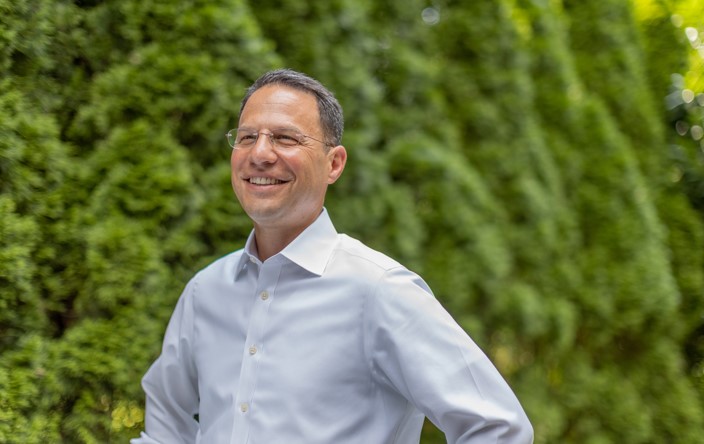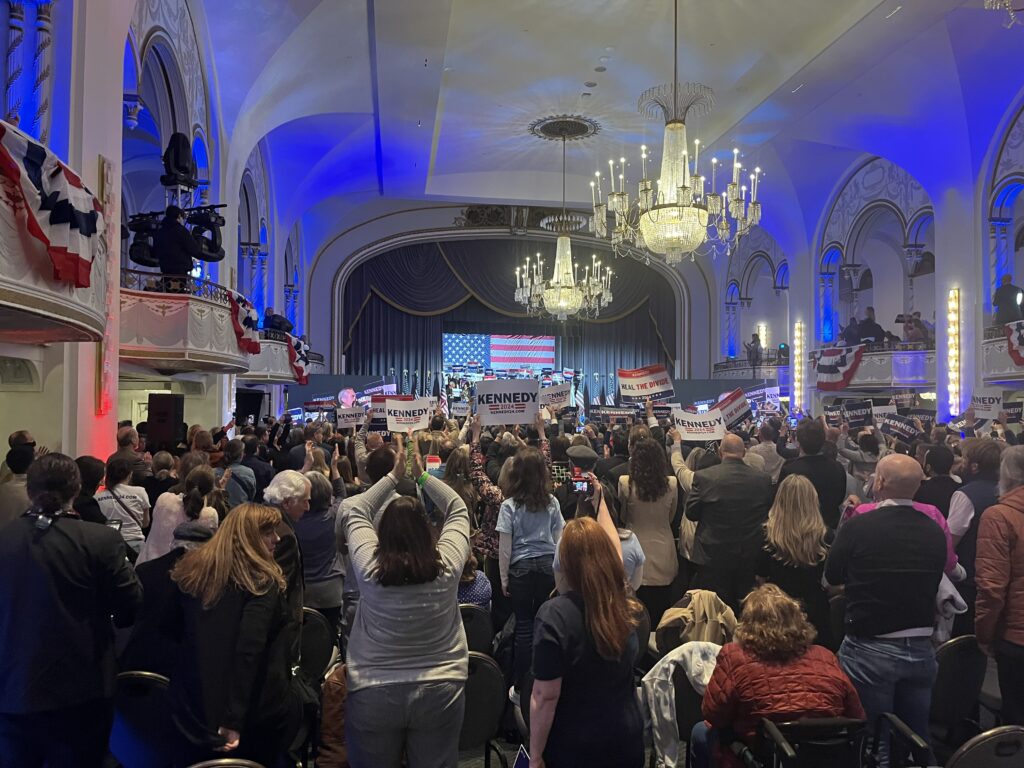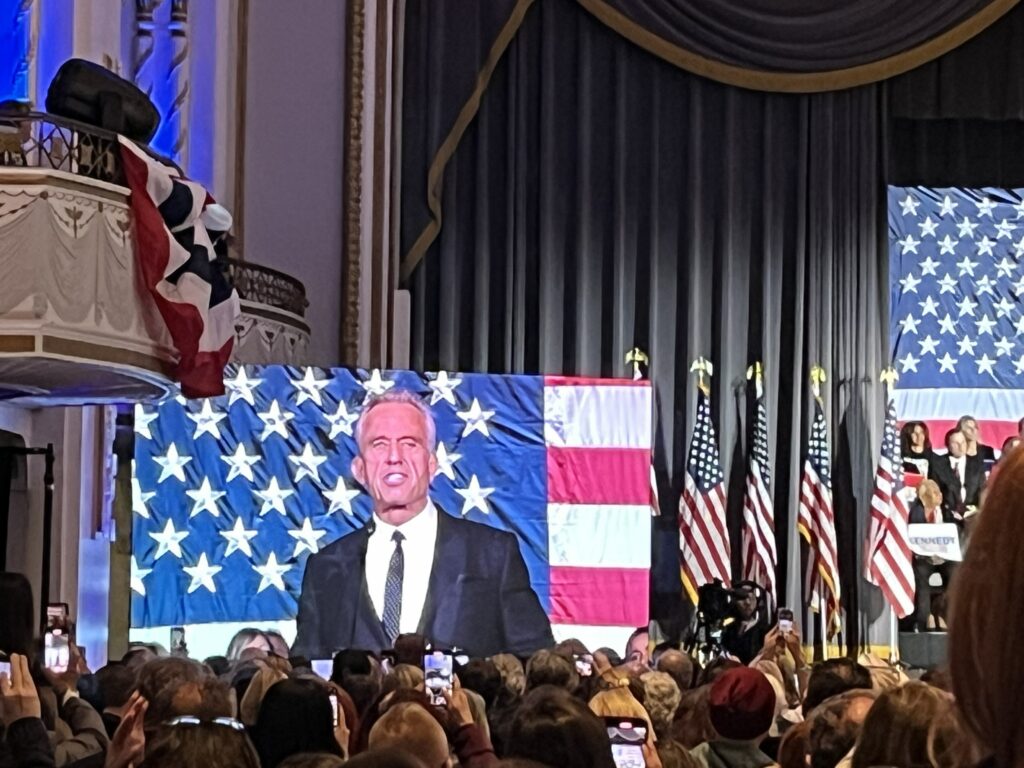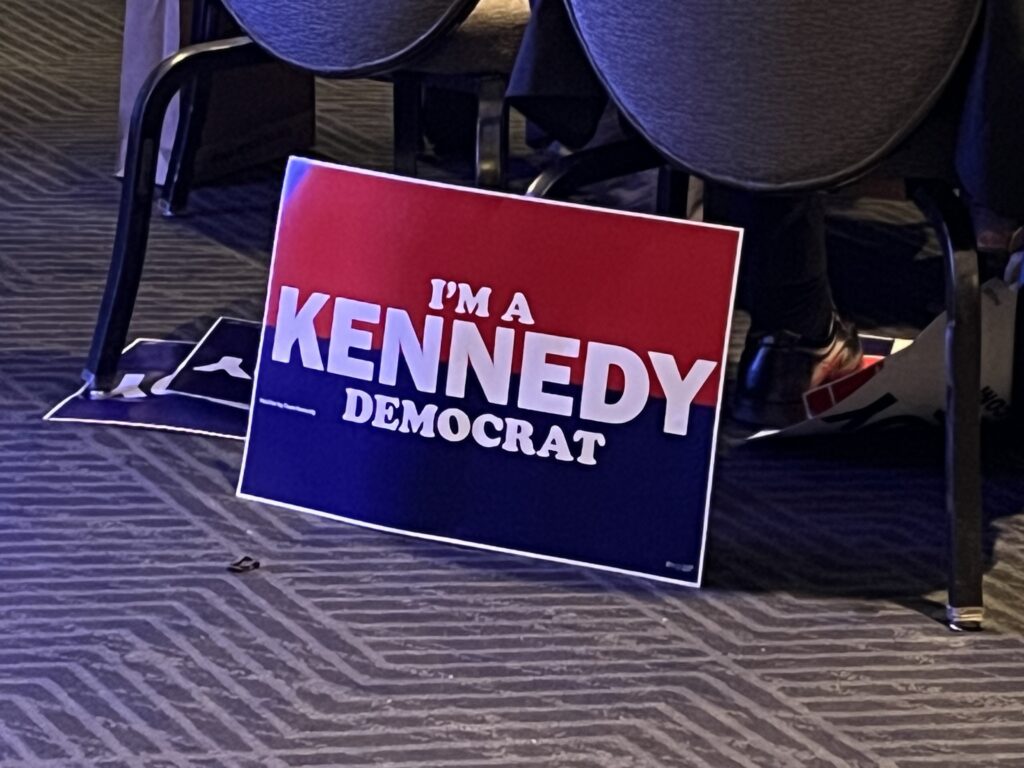PA Gov. Shapiro to Speak in New Hampshire, Traditional Presidential Primary Proving Ground

With less than a year as governor of Pennsylvania under his belt, Gov. Josh Shapiro will be headed to New Hampshire next month to talk to Democrats in the home of the First in the Nation primary.
Shapiro is scheduled to be the keynote speaker at the New Hampshire Democratic Party’s state convention, “a premier Democratic political event in the country,” according to the party’s press release.
“Every national Democratic leader in the last 50 years has spoken at a NHDP convention, attracting sitting presidents, vice presidents, potential presidential candidates, every chairman of the Democratic National Committee, and other notable national leaders,” it stated.
Joe Foster, a Democratic state committeeman from Montgomery County, said, “Gov. Shapiro speaking at the convention is a testament to his ability to win Democratic elections in Pennsylvania and his unstinting support of President Biden and Vice President Harris in their bid for reelection. The governor is the perfect choice to speak, as he, like President Biden and Vice President Harris, are solid in their opposition to attempts to strip Americans of their rights and liberties.”
There has been talk that Shapiro might have his eye on a run for the White House in the future, and it is never too soon to get your name in front of first-in-the-nation primary voters. It is also worth noting Granite State Democrats may be less-than-enthusiastic about President Biden after he attempted to strip them of their place at the front of the primary calendar.
Republican Christopher Nicholas, with Eagle Consulting, said Shapiro is “being a savvy press manipulator” and that he will get a lot of publicity from the appearance.
“It’s trying to build national political cred and to get reporters to ask him about 2028 that he can then humorously try to push away and pooh-pooh. It’s too cute by half,” Nicholas said.
Asked if that meant Shapiro is not serious about a potential presidential run, Nicholas said, “Too serious on his part.”
“What’s he going to do, go there and defend Joe Biden?” asked Nicholas.
But with his poll numbers sagging, Biden may need defending. A July Delaware Valley Journal poll found Bucks, Montgomery, Delaware, and Chester County voters do not want Biden to serve a second term. Just 43 percent approved of his job performance, and only 33 percent wanted him to run again next year.
However, they are not happy with the current GOP frontrunners, either. Former President Donald Trump received only 39 percent, and Florida Gov. Ron DeSantis got 37 percent.
Meanwhile, Biden’s shaky performance in Hawaii — comparing the horrific Maui fire that has claimed more than 100 lives to a minor kitchen fire (“I almost lost my wife, my ’67 Corvette, and my cat”) — isn’t helping.
The RealClearPolitics average shows Biden in a neck-and-neck race with Trump, holding just a 1.1 percent advantage over the former president, who has been indicted on criminal charges four times in the past five months.
Shapiro has been mentioned as a potential future presidential contender, along with Michigan Gov. Gretchen Whitmer, California Gov. Gavin Newsom, and Gov. Jared Polis of Colorado.
Shortly after Pennsylvania voters elected him, pundits started putting Shapiro on the White House shortlist.
“He’s going to be a national figure because obviously, Pennsylvania is a battleground state; he won a decisive victory and carried in the ticket from Senate all the way down to the state House,” Larry Ceisler, a Democratic public affairs strategist from Philadelphia, told The Philadelphia Inquirer. “You’ve got to admit, the Democratic Party right now does not have too many prominent leaders under the age of 50.”
Charlie Gerow with Quantum Communications quipped, “Is he going to file for the New Hampshire primary while he is there, or wait four years?”
“He missed the Iowa State Fair, so I guess he has to make up for lost time,” added Gerow, a Republican who ran in the primary for governor in 2022.
Shapiro said, “In Pennsylvania, we defeated extremism and showed the rest of the country what it looks like to come together behind a vision for a better future – one where we create real opportunity while defending our rights and advancing real freedom for all. New Hampshire voters face a similar choice next November – they will decide a critical open race for Governor and play a central role in reelecting President Biden and retaking the U.S. House of Representatives.
“I’m grateful for the opportunity to speak to Granite Staters at this critical time for both New Hampshire and our nation’s future and rally with them behind Democratic candidates who, like me, believe government can be a productive force for good,” he added.
Please follow DVJournal on social media: Twitter@DVJournal or Facebook.com/DelawareValleyJournal




 In the past, his answer would have been “vaccine public health policy.” On Wednesday, however, he left the question unanswered, merely noting “There’s a limited number of culprits, or chemical toxins that became ubiquitous in 1989.”
In the past, his answer would have been “vaccine public health policy.” On Wednesday, however, he left the question unanswered, merely noting “There’s a limited number of culprits, or chemical toxins that became ubiquitous in 1989.”

